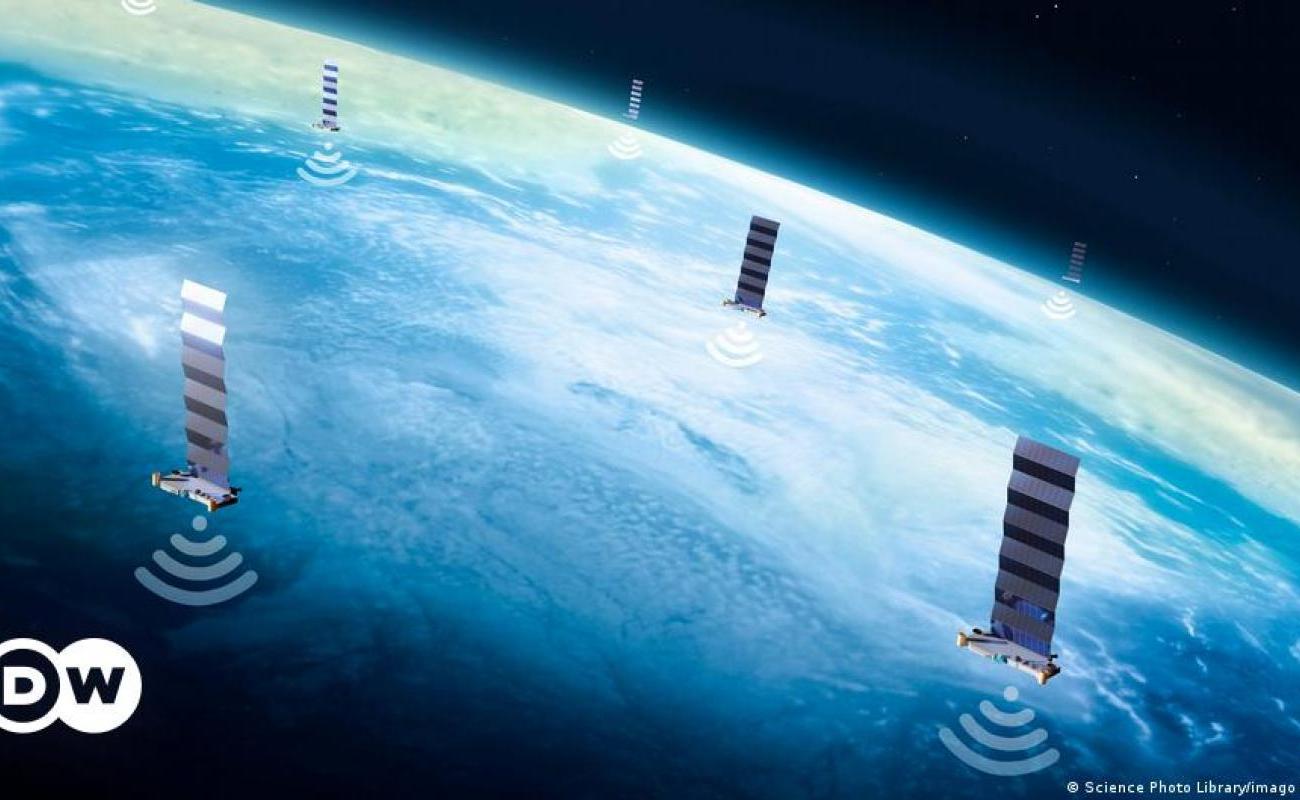Starlink, drones and Russian failings: Seven things China has learned from Ukraine invasion

China’s top military minds have been paying close attention to Russia’s invasion of Ukraine, watching the war’s every turn as Beijing continues to develop its armed forces.
Xi Jinping, the Chinese president, has vowed to take over Taiwan as part of his ambitious plan for “national rejuvenation” even if it means using military force – a move that could lead to a war with the United States, which has promised to defend the island nation from invasion.
While the Chinese military is the world’s largest, with more than two million soldiers serving in the People’s Liberation Army (PLA), it remains largely untested – its last major war was a failed invasion of Vietnam in 1979 that lasted less than four weeks.
Under Mr Xi, however, the PLA has undergone dramatic modernisation, in recent years testing hypersonic missiles and conducting increasingly complex military drills in the South China Sea and Taiwan Strait, corners of the world that Beijing claims as its own territory.
So rapid is the pace of China’s military modernisation, in fact, that US military officials have warned that China could soon surpass the US in some areas, including even in naval power – an area where Washington has been unchallenged since the Second World War.
With the conflict in Ukraine laying bare the difficulty of conducting large-scale offensive operations, a Reuters review of almost 100 articles in more than 20 Chinese defence journals shows what Chinese academics, researchers and military thinkers have learned from the war.
Though it is unclear how seriously Beijing’s military and political elite are taking the observations published in these papers, they offer rare insight into thinking within China’s military-industrial complex and show how the war in Ukraine might shape an eventual Chinese attack on Taiwan.
Here are seven lessons China has learned from the Ukraine war.
Starlink, a network of satellites providing internet from orbit to users on the ground developed by Elon Musk’s SpaceX, has helped Ukraine’s forces to communicate securely while under attack from Russia.
Ukraine has also used the network for military purposes, including controlling drones.
Chinese researchers have pointed out that the US and Western nations may use the network in a similar way during possible future hostilities in Asia.
“Starlink is really something new for them [China] to worry about; the military application of advanced civilian technology that they can’t easily replicate,” said Collin Koh, a security fellow at Singapore’s S. Rajaratnam School of International Studies.
As such, China should find ways to shoot down or disable Starlink, according to a September article by researchers at the PLA’s Army Engineering University.
Chinese state media has also said that China, which for many years has prioritised becoming more self-reliant in advanced technology, will begin building its own constellation of low-earth orbit satellites to rival Starlink later this year.
Chinese military minds were less worried by one of the most effective weapons in Ukraine’s arsenal, however.
One article, published in October by two researchers at the PLA’s National Defence University, analysed the impact of the US-supplied Himars rocket artillery systems that helped turn the tide of the war last year and have inflicted heavy losses on Russian forces.
“If Himars dares to intervene in Taiwan in the future,” the researchers wrote, “what was once known as an ‘explosion-causing tool’ will suffer another fate in front of different opponents.”
The article highlighted the strengths of China’s own advanced rocket system and reconnaissance drones, noting that Ukraine’s success with Himars relies on its allies sharing targeting information via Starlink.
However, Chinese military officials will have noted how devastating precision artillery, such as from Himars, and other missile fire can be. With increased precision, the need for extensive and industry-heavy logistic supplies of ‘dumb’ – or unguided – munitions is minimised.
Ukraine’s Western allies have provided thousands of advanced shoulder-fired anti-tank weapons to Ukraine, including the Javelin and N-Law weapons that have been responsible for destroying hundreds of Russian armoured vehicles.
China must therefore boost its ability to defend its tanks, armoured vehicles and warships, according to an article in a journal published by China’s State Administration of Science, Technology and Industry for National Defence.
